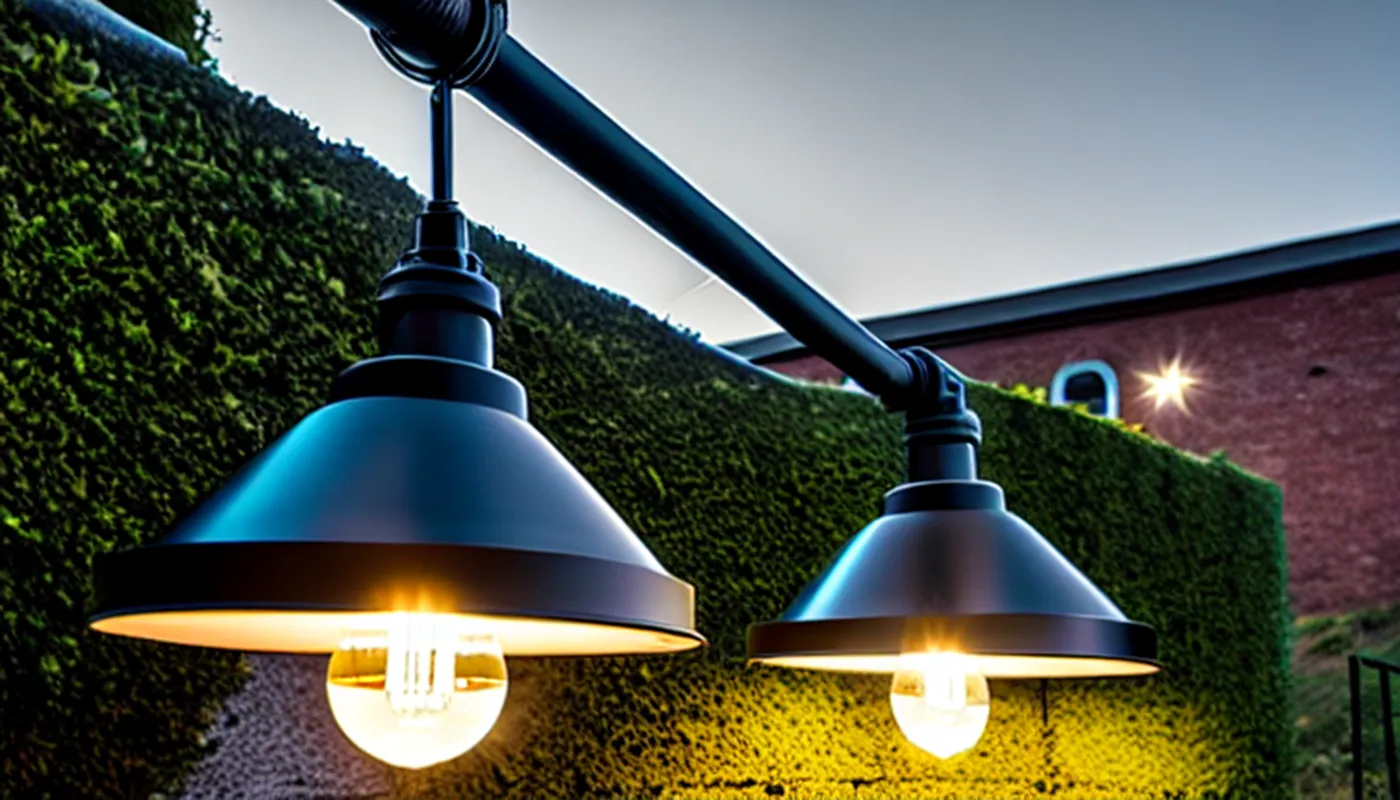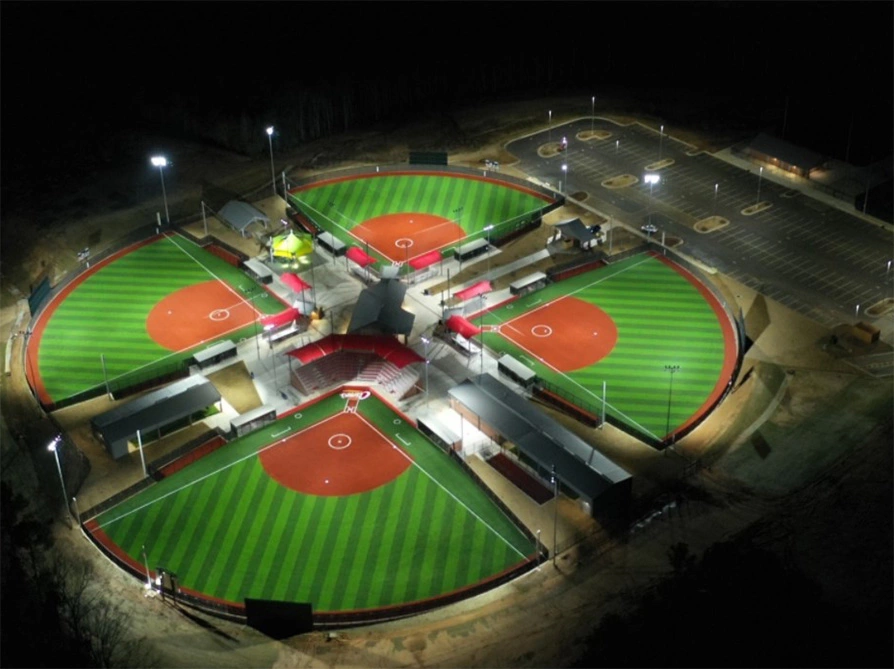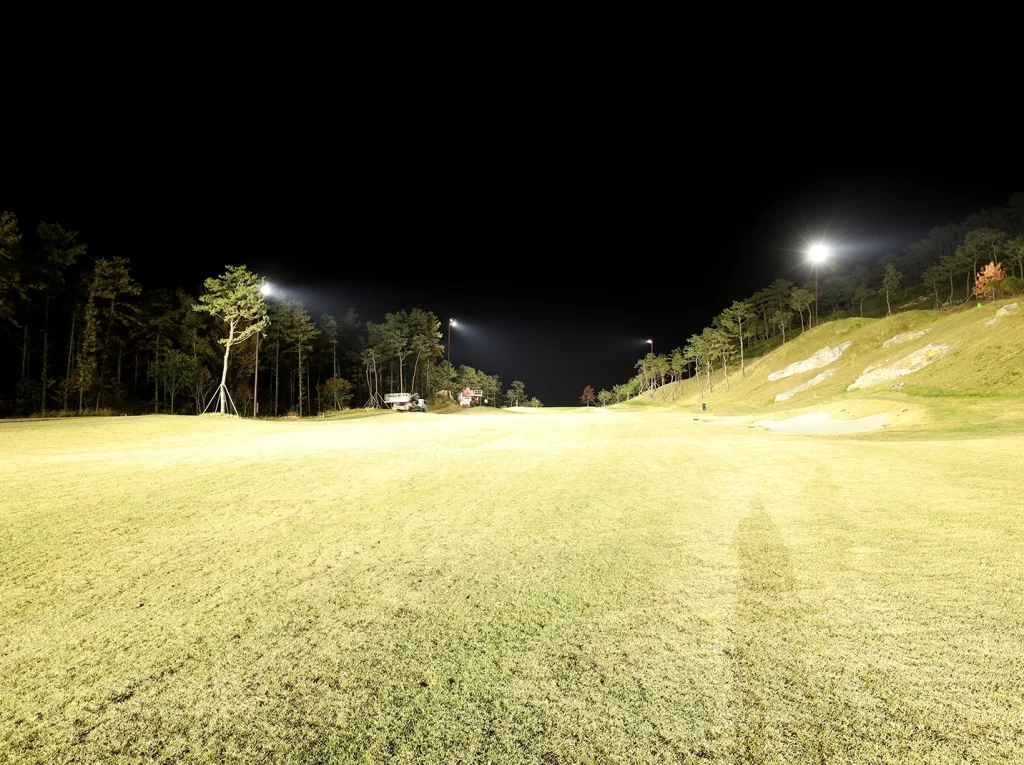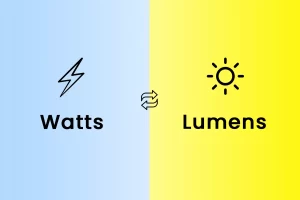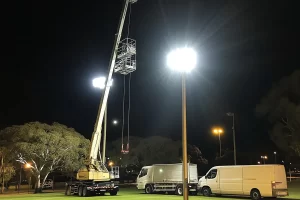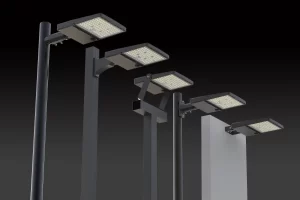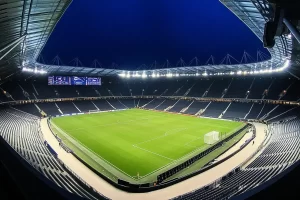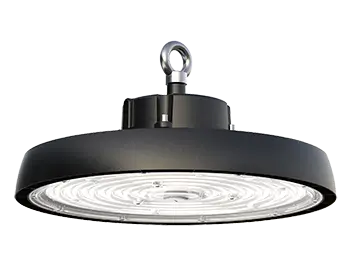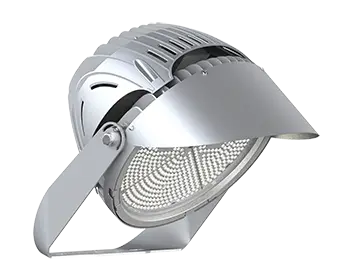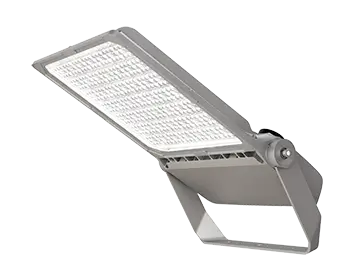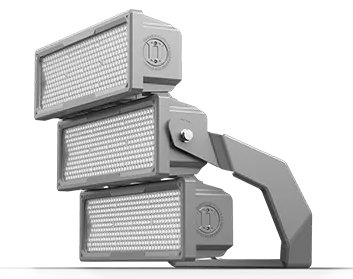Industrial lighting, an often overlooked aspect of factory design, has come a long way from being a mere illuminator to becoming a significant factor in workplace efficiency and safety. Let’s explore how modern industrial lighting is revolutionizing factory workspaces.
The Key Aspects of Modern Industrial Lighting
Energy Efficiency
Switching to modern industrial lighting is not just about replacing old bulbs with new ones. It’s about incorporating energy-efficient solutions such as LEDs that not only reduce power consumption but also contribute to sustainable industrial practices.
Enhanced Safety
Safety in factories is paramount, and modern lighting plays a crucial role here. Proper lighting can significantly reduce workplace accidents and improve overall safety standards.
Impact on Productivity
You may wonder, how does lighting impact productivity? Well, good lighting enhances visibility, reduces eye strain, and creates a comfortable working environment, thereby increasing workforce productivity.
Role of Lighting in Factory Design and Aesthetics
A well-lit factory is not just functional, it’s visually pleasing too. Modern lighting solutions, with their design flexibility, allow factories to achieve a balance between functionality and aesthetics, making the workspace a better place for employees.
Examples of Successful Lighting Transformations
Around the world, numerous factories have transitioned to modern industrial lighting and reaped substantial benefits. These real-world examples serve as an inspiration and validation for those contemplating a similar change.
Cutting-edge Technologies in Industrial Lighting
Today, technologies like smart sensors and IoT are being integrated into lighting systems, making them more intelligent and adaptive. These advancements add a new dimension to how lighting can impact factory operations.
The Economic Impact of Modern Lighting
While the upfront cost of modern lighting may be higher, the long-term economic benefits are undeniable. Lower energy bills, increased productivity, and reduced maintenance costs offer a significant return on investment.
Adopting Modern Industrial Lighting: A Checklist
Before implementing a modern lighting solution, certain factors should be considered – energy efficiency, costs, light quality, and the specific requirements of your workspace.
The Future of Industrial Lighting
As we step into the future, we can expect more innovations in industrial lighting, further transforming the factory workspaces. Automated, adaptive, and more energy-efficient solutions are on the horizon.
Conclusion
The transition to modern industrial lighting is not just a change, it’s an evolution. It’s about creating safer, more efficient, and more enjoyable workspaces. So, are you ready to embrace this lighting revolution?
FAQs
What are the main benefits of modern industrial lighting?
Modern industrial lighting offers multiple benefits including energy efficiency, improved safety, increased productivity, and better workspace aesthetics.
How does lighting affect productivity in factories?
Good lighting enhances visibility, reduces eye strain, and creates a comfortable working environment, thereby increasing workforce productivity.
What factors should be considered when adopting modern industrial lighting?
Key factors include energy efficiency, costs, light quality, and the specific requirements of your workspace.
What is the economic impact of modern lighting?
While the upfront cost may be higher, the long-term economic benefits – lower energy bills, increased productivity, reduced maintenance costs – offer a significant return on investment.
What does the future hold for industrial lighting?
Future trends in industrial lighting include greater automation, adaptability, and energy efficiency.


